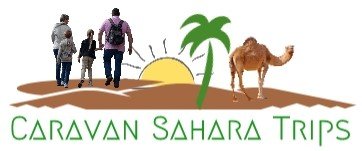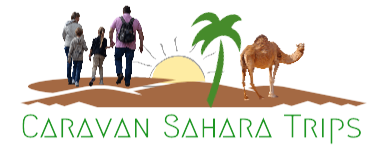Chefchaouen, the city of blue houses in Morocco
Imagine walking through a town where every house is painted blue. It feels like stepping into a dream world. But what makes this place so special?
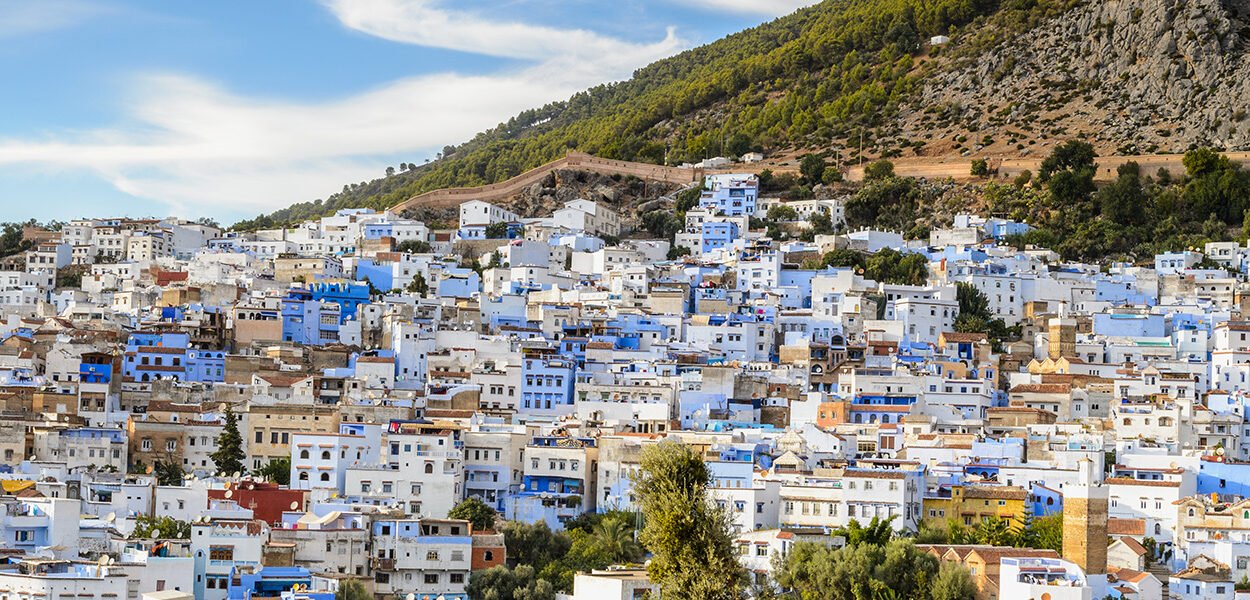
Chefchaouen is hidden in the Rif Mountains. It’s not just about the blue-washed buildings. It’s a place where history, culture, and nature come together.
Planning a trip? Talking to local experts can make it unforgettable. For more info, call +212619-958-863 or email info@caravansaharatrips.com. Visit contact-us for details.
Key Takeaways
- Discover the unique charm of Chefchaouen’s blue buildings.
- Explore the rich history and cultural heritage.
- Experience the natural beauty of the Rif Mountains.
- Learn how to plan your trip with local experts.
- Uncover the secrets of this captivating Moroccan town.
The Enchanting Blue Pearl of Morocco
Chefchaouen, the Blue Pearl of Morocco, is a place full of colors, history, and friendly people. When visitors arrive, they feel the town’s special vibe right away.
First Impressions of Chefchaouen
Walking into Chefchaouen is magical. The town’s blue buildings, narrow streets, and the Rif Mountains make it look like a painting. People are drawn to the calm and the locals’ warm smiles. The blue buildings seem to shine with a magical light, attracting photographers.
The Unique Appeal of Morocco’s Blue City
Chefchaouen is special because of its natural beauty and culture. Visitors can wander the streets, find local crafts, and try the food. The town’s slow pace is a nice break from city life. To get the most out of your visit, talk to local tour guides. They know the best spots.
The History Behind Chefchaouen
Chefchaouen is in the heart of Morocco, with a history going back to the 15th century. It’s in the Rif Mountains and is a key cultural and historical spot.
Foundation and Early Days
In 1471, Ali ibn Rashid al-Alami, a Prophet Muhammad descendant, founded Chefchaouen. It started as a fortress against invaders. Later, it was a safe place for Muslims and Jews fleeing Spain.
The city’s location made it a trade and cultural center.
Evolution Through the Centuries
Chefchaouen has changed a lot over the years, thanks to different cultures and events. From 1912 to 1956, it was under Spanish rule. This had a big effect on its architecture and culture.
Today, you can see Moroccan and Spanish influences in its buildings, food, and traditions.
| Period | Event | Impact on Chefchaouen |
|---|---|---|
| 15th Century | Foundation by Ali ibn Rashid al-Alami | Establishment as a fortress city and refuge |
| 16th-19th Century | Trade and Cultural Exchange | Flourishing as a hub for commerce and cultural diversity |
| 20th Century | Spanish Rule (1912-1956) | Influence on architecture, cuisine, and local traditions |
Visitors to Chefchaouen should respect local customs and traditions. This makes the experience better for everyone.
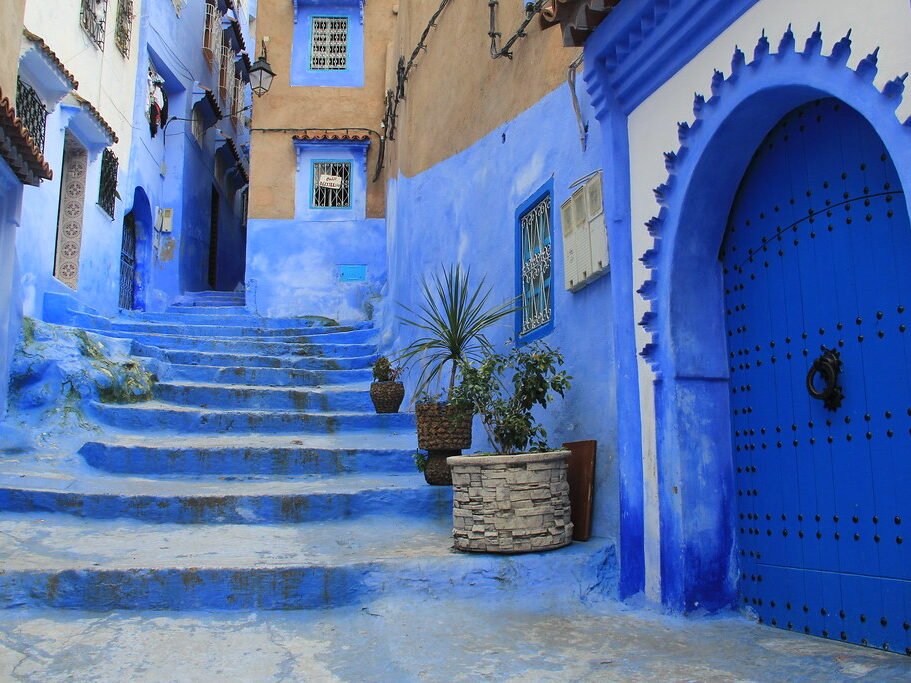
Why Chefchaouen, Morocco Blue City, Is Painted Blue
The blue color in Chefchaouen is not just pretty. It’s also full of history and meaning. This makes Chefchaouen, or the blue city in Morocco, a special place that draws people from everywhere.
Theories Behind the Blue Color
There are a few reasons why Chefchaouen is blue. One story says Jewish refugees from Spain in the 15th century started it. They brought their tradition of painting buildings blue, a color of spirituality and protection. This shows how Chefchaouen has always been a mix of cultures. Another idea is that the blue just shows off the town’s natural beauty and its desire to be noticed.
The Ongoing Tradition of Blue Painting
Painting buildings blue is still a big part of life in Chefchaouen. Locals and visitors join in every year to repaint the town. This keeps the town’s look alive and brings people together, sharing their heritage. Visitors get to join in, making it a deep cultural experience.
By keeping its blue color, Chefchaouen shows off its cultural traditions and community spirit. The blue city in Morocco is more than just a pretty sight. It offers a peek into a deep cultural heritage.
Top Attractions in Chefchaouen
Chefchaouen, in the heart of Morocco, is a city painted blue. It’s a place where travelers can find a mix of culture and nature. This city is a top spot for anyone wanting to see Morocco’s history, culture, and beauty.
The Medina and Its Blue Alleys
The Medina of Chefchaouen is a maze of blue streets and alleys. Exploring the Medina is an adventure. Its narrow paths lead to secret plazas and show glimpses of local life.
For the best experience, visit when it’s less crowded. This way, you can enjoy the calm of this blue city Morocco.
Kasbah Museum and Plaza Uta el-Hammam
The Kasbah Museum is in the city’s heart. It’s in a 15th-century fortress and shows the region’s history and culture. Next to the museum is Plaza Uta el-Hammam, a square that has seen the city grow.
The Spanish Mosque Viewpoint
The Spanish Mosque viewpoint gives a wide view of Chefchaouen. Built by the Spanish in the 20th century, it’s a key landmark. It offers breathtaking views of the city and mountains.
Ras El Ma (Waterfall)
Ras El Ma is a waterfall outside Chefchaouen, great for a day trip. It’s surrounded by greenery, perfect for hiking and picnicking. It’s a break from the city’s blue and a chance to enjoy nature.
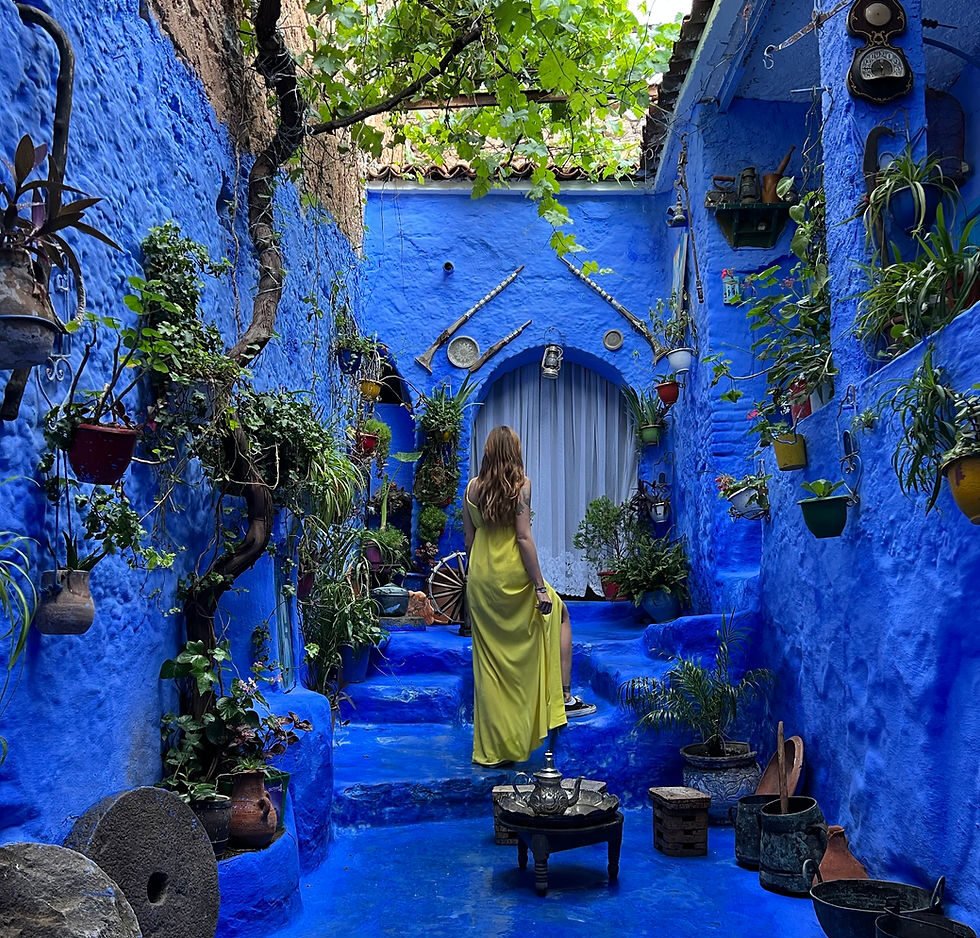
Chefchaouen has attractions for everyone. You can wander the blue alleys, visit the Kasbah Museum, or see views from the Spanish Mosque. Chefchaouen will surely make a lasting impression.
Photography Paradise: Capturing Chaouen’s Beauty
In Chefchaouen, every corner is a chance to capture its magic. The city’s blue buildings, winding alleys, and natural beauty make it a dream for photographers.
Best Photo Spots in the Blue City
The medina of Chefchaouen is a maze of blue buildings. It offers endless photo opportunities. Some top spots include:
- The Spanish Mosque viewpoint, which offers panoramic views of the city
- The Kasbah Museum and Plaza Uta el-Hammam, known for its history and architecture
- Ras El Ma, a serene waterfall that contrasts with the city’s bustle
Photography Tips and Etiquette
When taking photos in Chefchaouen, respect locals and their privacy. Here are some tips:
- Always ask for permission before taking photos of people or their property
- Be aware of your surroundings and don’t disrupt the local area
- Try different angles and lighting to capture the city’s unique beauty
By being thoughtful and creative, you can truly capture Chefchaouen’s beauty. And you’ll do it while respecting its people.
Cultural Experience in the Blue City Morocco
Chefchaouen, known for its blue buildings, is full of cultural experiences. Visitors can dive into the local culture by talking to artisans, trying traditional food, and learning about the city’s heritage.
Local Crafts and Artisans
The blue city is famous for its talented artisans. They make woolen goods, pottery, and intricate woodwork. You can see these crafts being made and even try making one yourself at local workshops and markets.
Culinary Delights of Chefchaouen
Trying the local food is a big part of experiencing Chefchaouen. The food here mixes Moroccan, Spanish, and Arabic flavors. You can taste dishes like tagine, couscous, and pastilla at local restaurants.
| Dish | Description | Price Range |
|---|---|---|
| Tagine | A slow-cooked stew named after the clay pot it’s cooked in. | $10-$15 |
| Couscous | A traditional North African dish made from semolina flour. | $8-$12 |
| Pastilla | A savory pie made with layers of flaky pastry, meat, and spices. | $12-$18 |
Meeting local artisans and trying the food are key experiences in the Morocco Blue City. They help you understand and appreciate Chefchaouen’s special culture.
Practical Travel Information
Planning a trip to Chaouen, Morocco, needs some prep to enjoy your visit fully. The best time to go is spring or fall. The weather is mild and nice then.
To reach Chaouen, Morocco, fly into Tangier Ibn Battouta Airport. It’s the closest international airport. Then, take a bus or taxi to Chefchaouen. Once there, walking around the blue city is easy. The medina is small and you can walk it.
For a smooth trip, check the latest on local conditions before you go. Also, respect local customs and traditions. This is especially important when visiting mosques or private homes. With some planning, your visit to Chaouen, Morocco will be unforgettable.
FAQ
What is the best time to visit Chefchaouen, Morocco Blue City?
Spring (March to May) and autumn (September to November) are the best times. The weather is mild and perfect for exploring.
How do I get to Chefchaouen, the Blue City in Morocco?
Fly to Tangier Airport. Then, take a bus or taxi to Chefchaouen. You can also take a bus or grand taxi from Marrakech or Fez.
What are the must-try dishes when visiting Chaouen, Morocco?
Try traditional Moroccan tagines, couscous, and local pastries. Don’t miss the local mint tea, a key part of Moroccan culture.
Is Chefchaouen, Morocco, suitable for solo travelers?
Yes, Chefchaouen is perfect for solo travelers. It’s easy to get around, and there’s a relaxed vibe. Caravan Sahara Trips offers guided tours for solo travelers.
Can I participate in local traditions and cultural events in the Blue City, Morocco?
Yes, visitors are encouraged to join in. Engage with local artisans, try local food, and respect customs for a richer experience.
What are some photography tips for capturing the beauty of Chefchaouen, the Blue City?
Use the soft morning and afternoon light for photos. Be respectful of locals and privacy. Always ask for permission before taking someone’s photo.
Are there any specific local customs or traditions I should be aware of when visiting Chefchaouen, Morocco?
Yes, Morocco is conservative. Dress modestly, remove shoes in mosques or homes, and respect customs. This will help you avoid offending locals.
